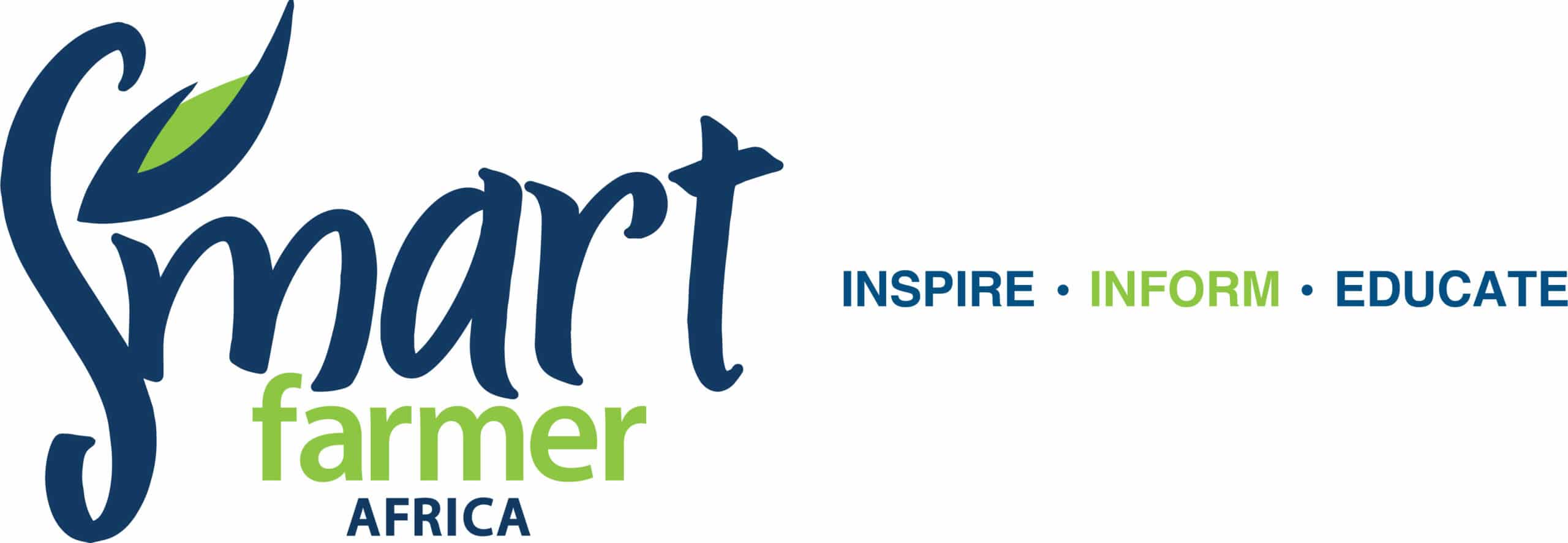How to keep your cows comfortable
The following tips will help you provide housing that gives your cows maximum comfort. Maximum comfort, translates to savings through increased milk production, reduced injuries and incidences of illness. The points below will give insight into how to keep your cows comfortable.
Sanitation as how to keep your cows comfortable
- All animals should have access to good sanitation a comfortable place to rest and an adequate space to exercise.
- Good housing should allow cattle to stand up, lie down, adopt normal resting postures easily, and have visual contact with the other animals. The lunge space should be unobstructed to allow cows to complete their normal rising movement. Longer stalls also improve leg health while wider ones encourage longer lying down periods, improving milk production.
- Well-used lying areas are more likely to get dirty and should be cleaned frequently and thoroughly.
- Comfort and health improve in less restrictive stalls. When the neck rail is moved higher and further from the curb, cows spend more time standing with all four hooves in the stall. This additional time spent standing on non-concrete, bedded surfaces reduces lameness.
Cow bed
- Provide your cows with a bed for comfort, insulation, warmth, dryness and traction. Bedded concrete, rubber mats, waterbeds and mattresses are acceptable resting surfaces.
- Cattle in well-bedded environments lie down longer. Un-bedded concrete, hard rubber mats, waterbeds or mattresses compromise lying behavior and are avoided by cattle. They may also result in increased incidence of injury.
Housing to help to keep your cows comfortable
- In housing systems such as free-stall barns, limit the number of cows in the pen. Keeping too many cows increases competition among them to access feeds, water and stalls. Cattle management must accommodate these challenges so that all animals within a pen receive adequate nutrition and water without facing competitive pressure.
- Proper open-lot systems begin with a design that ensures proper site drainage (Armstrong 2010). Current recommendations suggest 600 ± 50 square feet of open-lot space per cow, fence line to fence line.
Housing conditions for calving mothers and calves:
- For cows that are about to calve, provide a separate calving area (maternity pen or paddock) that is comfortable, functional and hygienic and allows for close observation of the cow and easier more effective assistance at calving.
- A clean, dry, well-lit, well-ventilated calving area has many health benefits for newborn calves. Wet, dirty calving areas foster growth of bacteria, which can invade the calf’s navel or mouth.
- Remove the calf from the cow immediately after birth to prevent transmission of diseases. Do this in a patient manner but with gentle firmness. Always clean pens, corrals and paddocks between calving.
- Provide adequate lighting as this enables good inspection of animals and provides safe working conditions.
The corral or building where animals congregate for safety, should have an outdoor light.
Find out the effects of comfort on yield; HERE!
Facebook Comments Box


